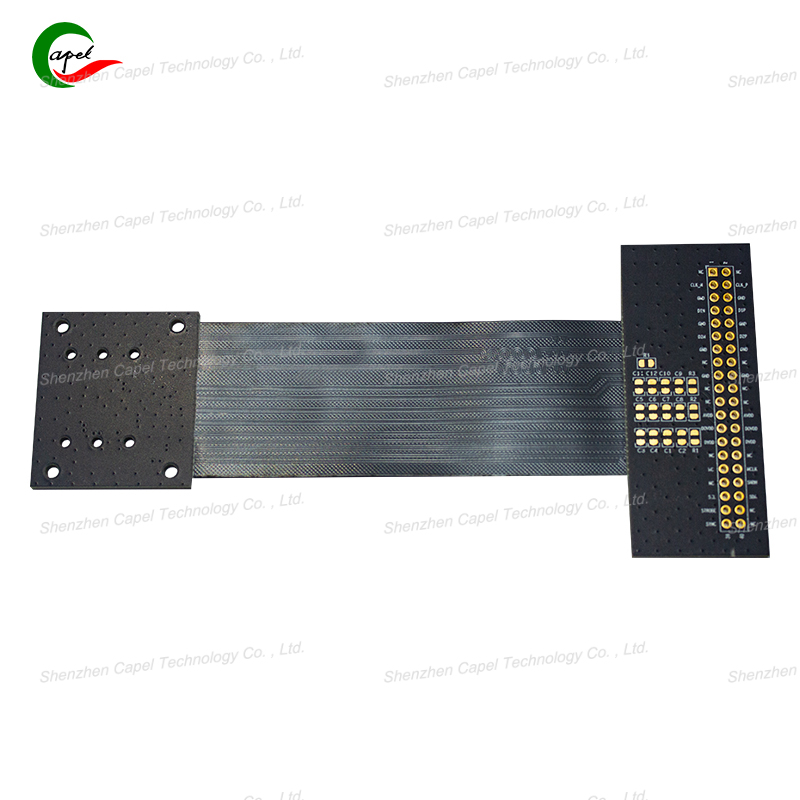In the world of Flexible Printed Circuits (FPCs), there’s a thin, unassuming layer that works behind the scenes to keep everything running smoothly: the cover layer. It might not look like much, but this film-like material is a workhorse, solving key problems that could otherwise break your favorite devices. Let’s dive into why it matters.
1. Shielding Copper Traces: The First Line of Defense
FPCs rely on thin copper traces to carry electricity, but these traces are fragile. Without protection, they can scratch, corrode, or even short-circuit if they touch other metal parts. The cover layer acts like a “protective wrap,” covering the copper (except for the tiny pads where components connect). It’s made of materials like polyimide (PI), which is tough enough to resist scratches from dust, tools, or even the device’s own moving parts. For example, in a foldable phone’s hinge FPC, the cover layer prevents copper traces from wearing down as the phone bends thousands of times.
2. Insulating Against Short Circuits: Keeping Electricity on Track
Electricity takes the path of least resistance, and if two copper traces touch, it causes a short circuit—bad news for any device. The cover layer is an insulator, stopping electricity from jumping between traces. Even in tight spaces (like the inside of a smartwatch, where FPCs are packed with tiny circuits), it ensures each trace stays separate. Think of it as the “divider” in a crowded room, keeping everyone from bumping into each other.

3. Boosting Flexibility: Making Bends SmootherYou might think adding a layer would make FPCs stiffer, but the right cover layer actually enhances flexibility. Modern cover layers are thin and designed to bend without cracking, working with the FPC’s base material to handle repeated flexing. In wearable fitness trackers, which twist and bend with your body, the cover layer ensures the FPC doesn’t get damaged—even when you’re hitting the gym or running a marathon.4. Resisting the Elements: Fighting Heat, Moisture, and Chemicals
FPCs don’t live in perfect conditions. They face sweat (in wearables), engine heat (in cars), or even cleaning chemicals (in medical devices). The cover layer acts as a barrier, repelling moisture and resisting high temperatures. Some cover layers are even treated to withstand oils or acids, keeping the FPC’s copper traces safe from corrosion. For instance, in a medical sensor FPC that touches skin, the cover layer prevents sweat from damaging the circuitry.
Founded in 2009, our company has deep roots in the production of various circuit boards. We are dedicated to laying a solid electronic foundation and providing key support for the development of diverse industries.
Whether you are engaged in electronic manufacturing, smart device R&D, or any other field with circuit board needs, feel free to reach out to us via email at sales06@kbefpc.com. We look forward to addressing your inquiries, customizing solutions, and sincerely invite partners from all sectors to consult and collaborate, exploring new possibilities in the industry together.